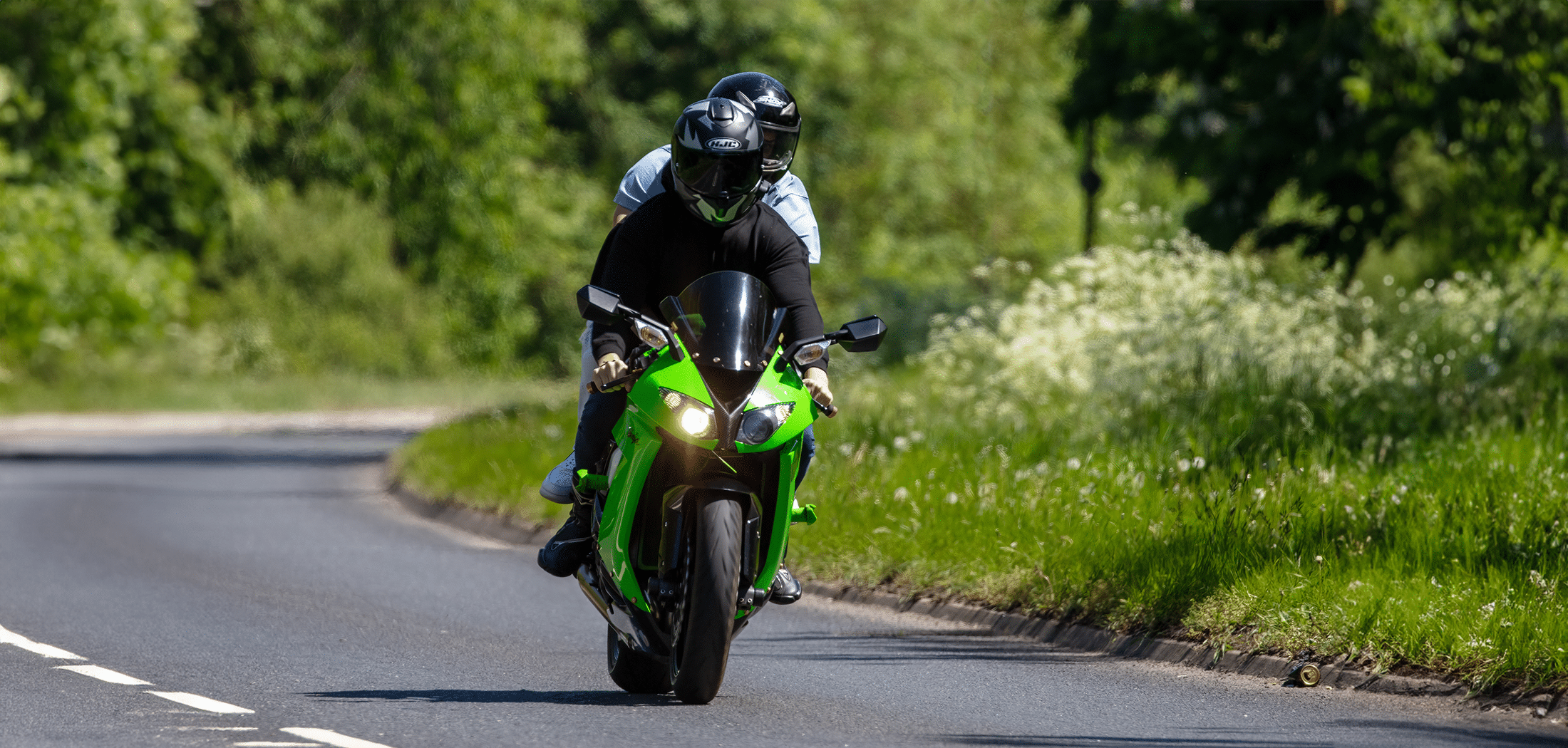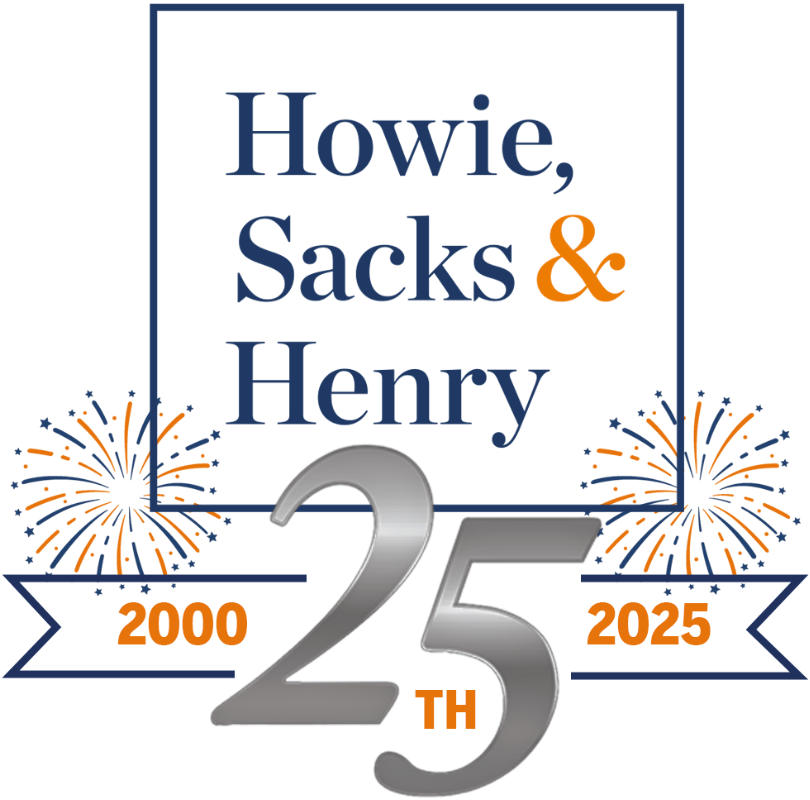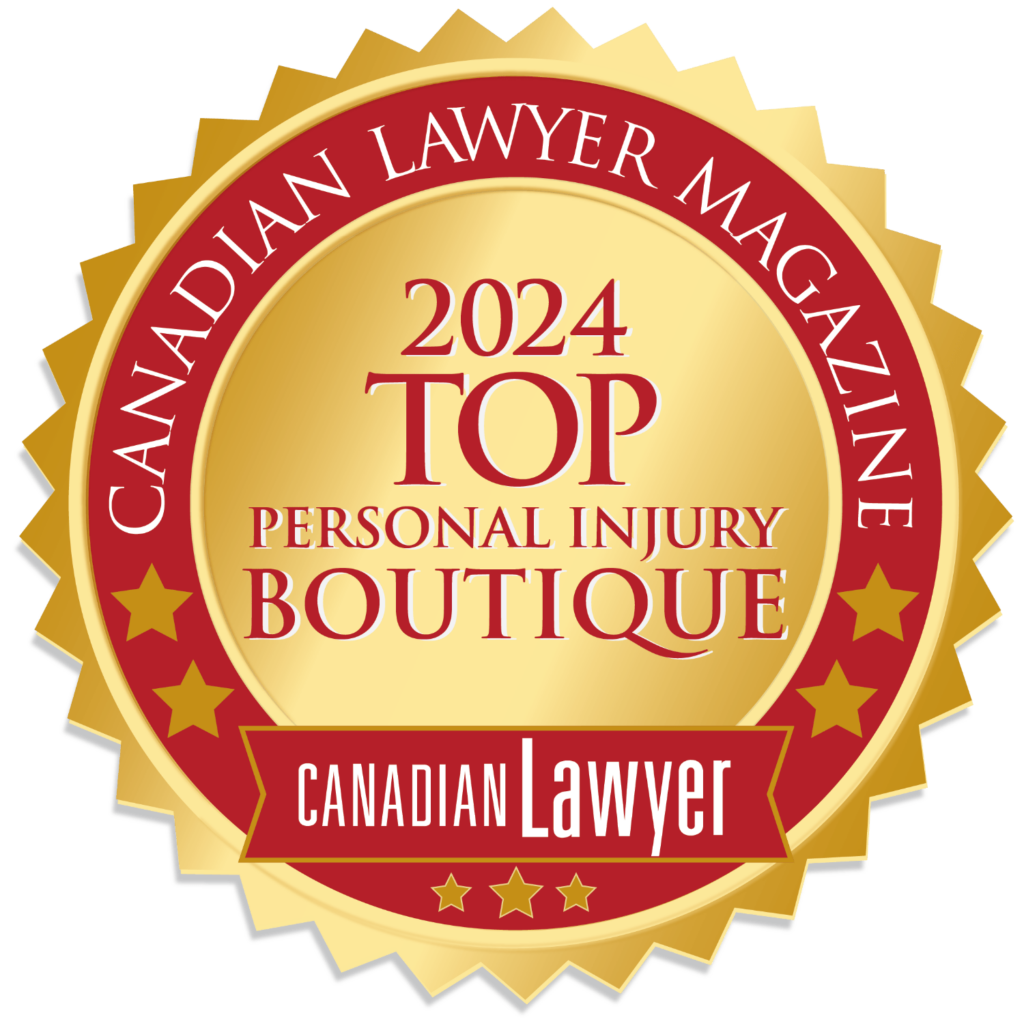
Motorcycle enthusiasts often remember the exact moment they knew they wanted to get a license to drive a chopper, hog or any other sweet ride, and for some it happened when they got their first taste of cruising down a road as a motorcyclist’s passenger.
Whether you’re offering someone a ride to share your love of driving, or simply needing to get another person from Point A to Point B, there are important rules and tips to ensure you and your passenger safely enjoy the ride.
In this blog post, I explain which motorcyclists are allowed to carry passengers, the requirements before someone can legally be a passenger, tips for handling your bike with a passenger on board, and what you should know in the event of an accident.
Which Motorcyclists Are Permitted To Carry Passengers?
Motorcyclists should be aware that carrying a passenger is a serious responsibility. Like drivers themselves, passengers are at a heightened risk of sustaining serious or fatal injuries in any accident because their bodies are more exposed than in passenger vehicles.
Since new and inexperienced motorcyclists are at a significantly higher risk of being involved in a motorcycle accident than drivers who have clocked many more hours of driving time, the government of Ontario strongly advises to avoid carrying passengers if you have a Level Two (M2) licence. Moreover, Ontario’s Highway Traffic Act stipulates that Level One (M1) licence holders are prohibited from carrying passengers. It is also illegal for mopeds to carry passengers.
Any motorcyclist planning to ride with a passenger must ensure their bike is properly equipped for this situation. You need:
- A separate seat for a passenger or a single seat that is large enough to hold a driver and passenger without crowding (or a side car designed to carry a passenger)
- Footrests for the passenger.
- Approved helmets that are in good condition for both the driver and the passenger. These helmets should have a strong chin strap and fastener. (Additional protective gear and clothing for the passenger is strongly advised).
Drivers and passengers who belong to the Sikh faith and wear turbans are exempted from this latter rule in the HTA on religious grounds. Since wearing a helmet significantly reduces the risk of death and the risk of a serious traumatic brain injury in the event of an accident, Sikh riders will be happy to learn that there are now open source ‘tough turban’ options available to provide additional protection.
Who Can and Cannot Be A Passenger?
If the passenger is not seated in a specially designed sidecar, they must be on a seat situated behind the operator’s seat that is securely fastened to the motorcycle. Regulation 596, s.10 (3) of the HTA requires passengers to “sit astride the seat in such a manner that his or her feet are placed upon the foot rests referred to in clause.”
Although a Private Member’s bill seeking to amend the HTA proposed to prohibit passengers under 14 years old on motorcycles, it did not reach third reading in the Ontario Assembly and failed to become law. However, motorcycle drivers must exercise caution when a passenger is young or there is reason to believe the passenger may lack the capacity to understand or physically do what is required of them to ride safely.
For example, police in Barrie, Ontario charged a 55-year-old man with “child endangerment and dangerous driving,” after officers noticed him driving with a three-year-old child who was wearing an ill-fitting adult helmet. According to reports: “The boy was seated in front of the driver and investigators say that would have interfered with the man’s ability to react in an emergency situation. Also, they say the child did not have the muscle capability to hold on properly if evasive action or a rough patch of road caused the bike to become unbalanced.”
Remember, a motorcycle driver owes a duty of care to their passengers and assumes added responsibility if that passenger is underage or otherwise lacks the capacity to make informed decisions about the risks involved in motorcycle riding.
While some motorcyclists choose to bring pets aboard in the same way they would be held or seated in a passenger vehicle, and no part of the HTA explicitly prohibits this activity, extreme caution should be exercised. Animals lack the capacity to understand how to move in concert with a driver. Since, unfortunately, they are treated as cargo and not considered passengers, they must be properly secured as a load. If they become spooked and/or get loose from the motorcycle, it could create a dangerous situation for the animal, the motorcycle driver, and other road users.
Tips for A Motorcycle Driver Carrying Passengers.
Before revving your engines and setting off with a passenger, motorcycle drivers should:
- Adjust their mirrors and headlight to account for extra passenger weight (while the passenger is on board).
- Add air pressure to their tires and/or adjust their suspension units if applicable.
- Discuss safety rules and expectations with their passenger (see more in the next section).
Just as weather conditions would cause a driver to adjust the way they operate and handle their vehicle, the added weight of a passenger will have a significant effect on their driving.
Motorcyclists should:
- Travel at lower speeds, especially when taking corners and curves or going over bumps.
- Begin slowing down at a greater distance ahead of an approaching stop or oncoming road hazard.
- Keep more distance between their bike and other vehicles in front, behind, or to either side of them.
- Plan to enter or merge into traffic when there are suitably larger gaps between vehicles.
Providing Instruction To Passengers
Unless your passenger has been in this position with you many times before, you must always plan to give them instructions about what they will need to know and to do while riding with you. Even experienced motorcycle drivers who are riding as passengers may not appreciate the subtle differences they will experience as a passenger.
Passengers should:
- Climb aboard the motorcycle after the engine is started.
- Without crowding the driver, sit as far forward as possible.
- Hold on tightly to the driver’s waist or hips.
- Ensure both feet are on their footrests at all times (even when the vehicle is stopped).
- Lean with the motorcycle.
- Avoid unnecessary motions or talk.
- Notify the driver when boarding or dismounting.
Both drivers and passengers should understand that communication is key. Not only should the driver warn their passenger when they are about to start or stop moving, turn sharply or head over a bump, but the passenger must be instructed to tell the driver as soon as possible if they require a rest stop because they are feeling sick, have trouble gripping/holding onto the driver, or otherwise have concerns. Helmet-to-helmet intercom systems are available to provide extra clarity if ambient noise or mixing up hand signals are concerns.
Inexperienced passengers, like inexperienced drivers, should stay on less difficult/challenging and shorter rides until they become more confident. And, passengers should be encouraged to start building comfort even before they come aboard by seeking out information about being a passenger and passenger etiquette.
In the event of an accident
By ensuring both you and your passenger are familiar with the rules of the road and tips for driver-passenger safety, you reduce the risk of being involved in a motor vehicle collision. Of course a reduced risk doesn’t mean there is no risk, so it’s important to know what to do if you and/or your passenger is hurt.
It’s important to remember that anyone injured in a motor vehicle accident in Ontario is eligible to make a claim for access to the Statutory Accident Benefits Schedule (SABS)whether or not they share any fault for the accident. If another person’s negligence caused or contributed to the accident, you and/or your passenger may also be able to file a lawsuit for damages.
If you or a loved one has been seriously injured in a motorcycle accident (either as a driver or passenger), seeking out legal advice from an experienced motorcycle accident lawyer is always in your best interest.
I have helped many people just like you access the benefits and compensation they deserve. To learn more about how I can assist you, contact me for a free, no obligation initial consultation.






